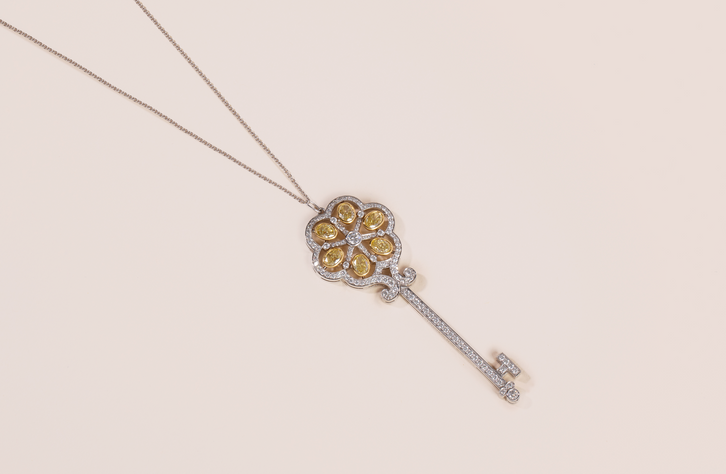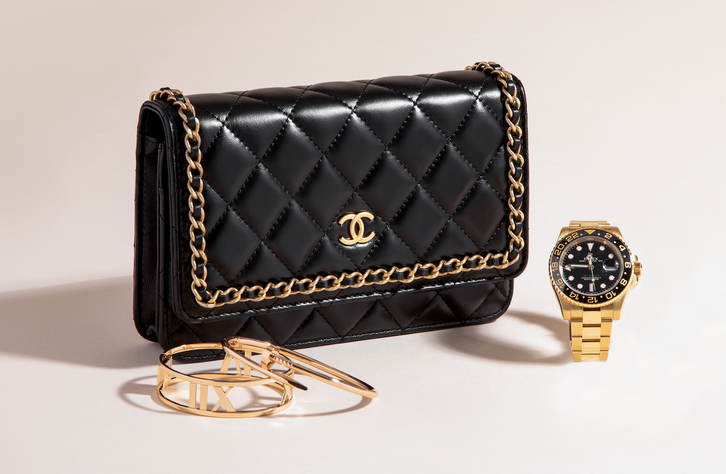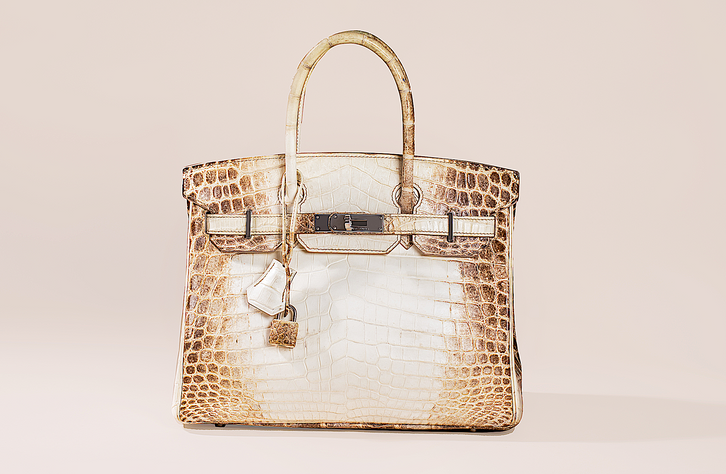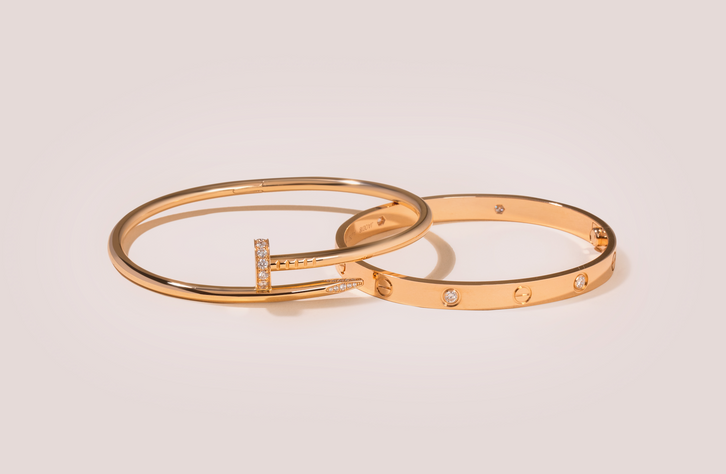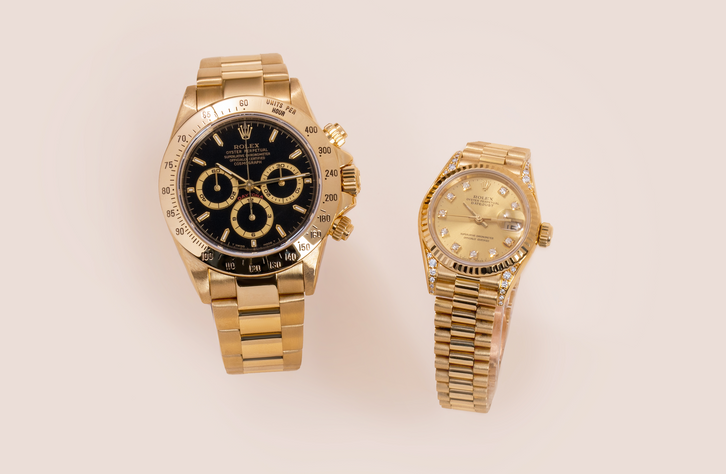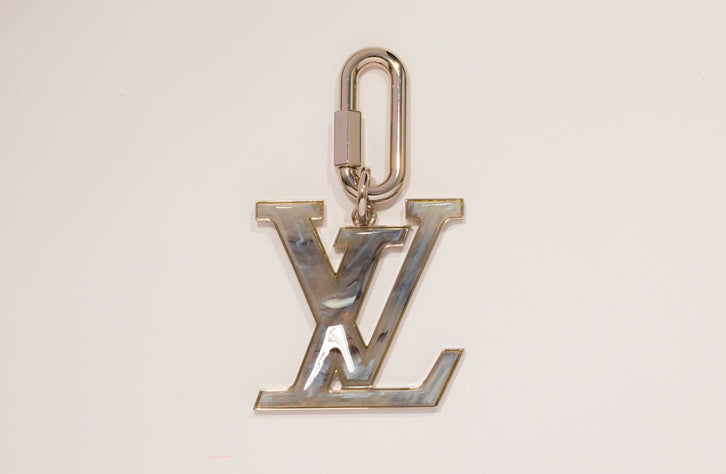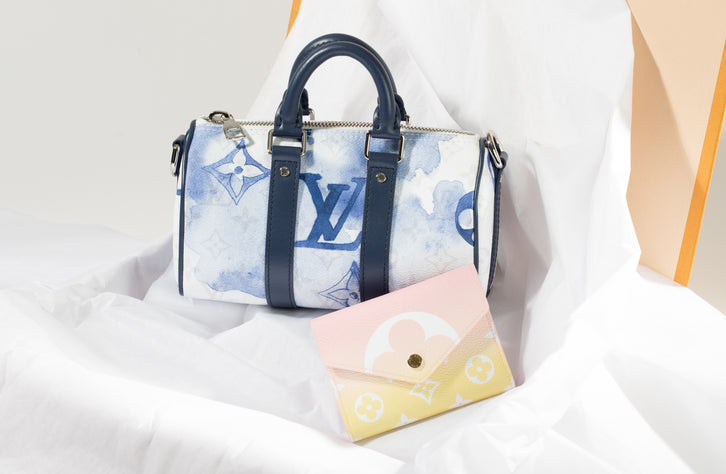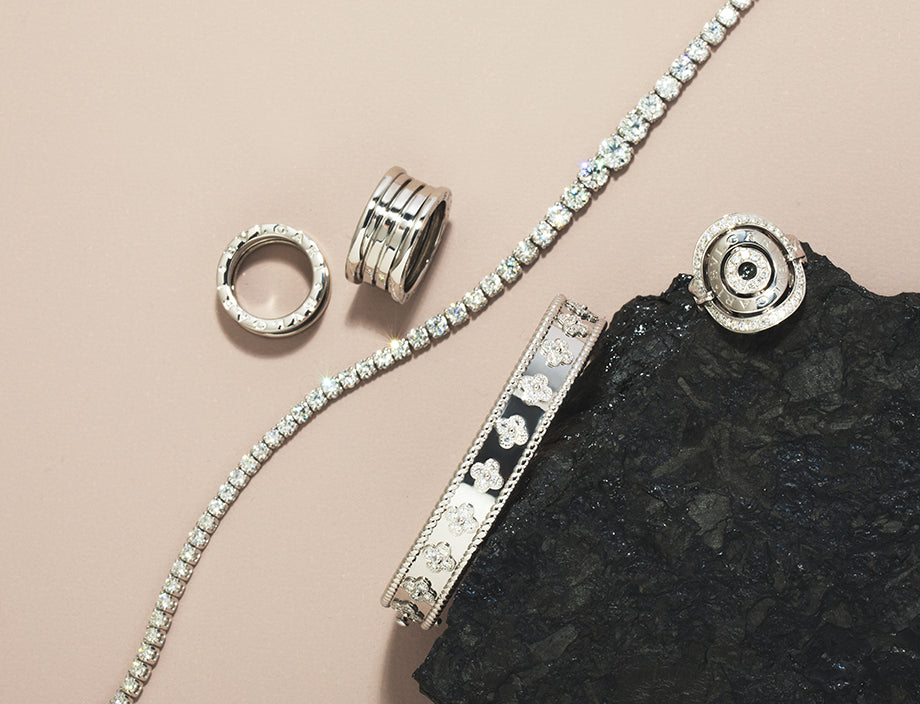If you are looking to sell diamond jewelry or an engagement ring, you may be wondering where to begin. So let’s break down how to ascertain the value of your specific diamond.
How Much Is My Diamond Worth?
How much your diamond is worth and how much you will get paid for your diamond is dependent on 2 main factors:
To take out the guess work, simply complete our online form and our experts will be in touch with your bespoke price quote.

The Quality Of The Stone
The quality of your diamond will dictate how much is it worth. While there are many factors that determine the quality of your diamond, the 4 C's are arguably the most important.While gemologists use a lot of diamond specific terminology that you may or may not be acquainted with, the 4 C's are the most important to understand. These are:
1. Color Grade
Color grades for white diamonds range from a D (colorless) up to Z (visible yellow or brown tint). While a white diamond may seem to be completely white, it may in fact display hints of yellow/brown that are only noticeable when compared to a pure white diamond.
How color grade affects price: for colored diamonds, the more color in the stone, the more valuable it is. For white diamonds, the less color in the stone, the more valuable it is.
| Color Grading Scale | |||||||||||||
| D | E | F | G | H | I | J | K | L | M | N-R | S-Z | ||
| Colorless | Near Colorless | Faint Yellow | Very Light Yellow | Light Yellow | |||||||||
2. Cut Grade
The cut of a diamond refers to a diamonds’ proportions, which influence a diamond’s response to light. Cut quality takes into account: brilliance (the brightness or the amount of white light reflected back), fire (the flashes of color when the diamond is brought under light), and scintillation (the sparkle as the diamond is moved).
How cut grade affects price: the more light reflected, the more valuable the stone. Cut grade only applies to round diamonds and not to fancy diamond shapes.
| Diamond Cut Grading Scale | |
| Excellent | Maximum light is reflected creating strong sparkle and appearance. |
| Very good | Reflects a good amount of light that creates good fire and brilliance. It may look the same as an Excellent Cut to the naked eye under normal lighting condition, however it will have lower value. |
| Good | An acceptable amount of light is reflected. |
| Fair | Much of the light escapes which results to a slightly noticeable dull sparkle. |
| Poor | A remarkable amount of light is reflected which makes the stone appear dull. |
3. Carat Weight
You may have heard of diamonds being priced per carat, perhaps when buying a diamond.
Carat refers to the weight of the diamond in carats (abbreviated to ct). This directly impacts how large a stone appears, i.e. the higher the carat weight, the larger the stone.
How carat weight affects price: as carat weight increases, the price of the precious stone also increases.
4. Clarity Grade
Clarity grade refers to how flawed or flawless a diamond is. A diamond could look perfect to the naked eye but have damages or blemishes internally or externally that can only be seen with a loupe. An appropriate instrument and the right amount of light are needed to determine clarity grade.
How clarity grade affects price: the more flawed the diamond, the less it is worth.
| Diamond Clarity Grading | |
| Flawless | Flawless inside-out |
| Internally Flawless | Some external blemishes |
| Very, Very Slightly Included | Some flaws not visible to the naked eye |
| Very Slightly Included | Multiple flaws not visible to the naked eye |
| Slightly Included | Some flaws that may be visible to the naked eye |
| Included | Blemishes visible to the naked eye |
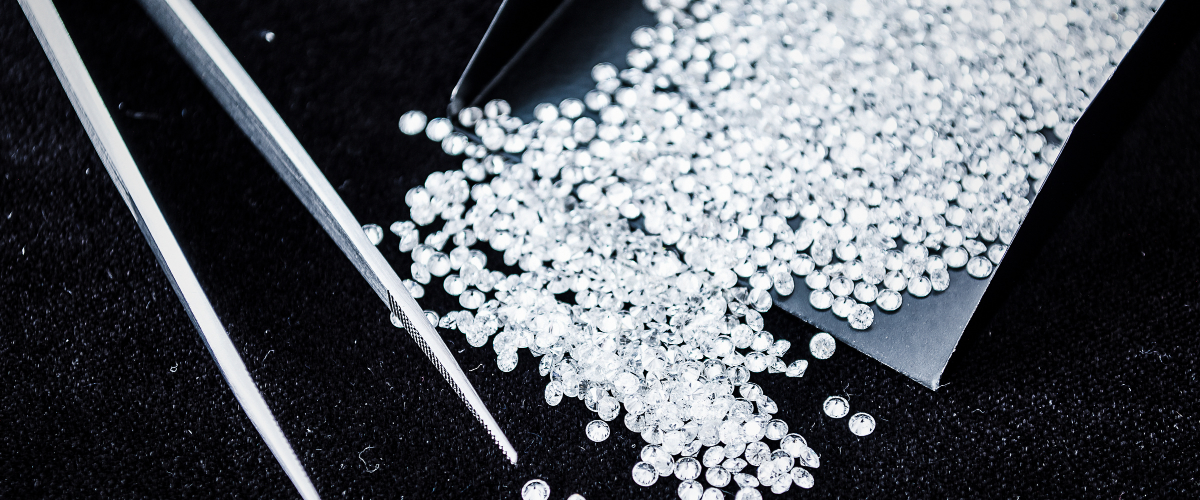
How To Sell Your Diamond Safely And For The Best Price
You have a variety of options available when it comes to selling your diamond. But what is the best way to get paid the best price quickly and safely for your diamond?
- Pawnbrokers – An immediate way to sell your diamond is by visiting your nearby pawnshop. However, there is a tendency for pawnshop owners to offer you much lower prices since they are not knowledgeable about the diamond industry.
- Auction House – It may be a great venue for selling your diamond since an auction house will most likely have gemologists on hand to accurately value your stone. The con, however, is that auctions are only suited to extremely rare and high value diamonds. The fees may also be costly even when your diamond may have a chance of not being sold and auctions are not held regularly.
- eBay/Craigslist – This is quite a convenient process to do in your own home but having the lack of expert knowledge may result in your underselling. It is also a very lengthy process with no guarantee that your diamond will sell at all.
- Online Diamond Buyer – At myGemma, we are specialist diamond buyers and can offer higher prices than local buyers for your loose diamonds or diamond jewelry. Our team of GIA trained gemologists, industry connections and diamond expertise all translate into higher offers for your pieces. The entire process is completely free of charge, with no hidden fees or commissions deducted.
We work with hundreds of customers on a daily basis. Our customers have the option to sell online or via appointment. We are proud of our A+ BBB rating and 2,000 + customer reviews about our secure, transparent process and honest price quotes. Customer service is at the heart of who we are, we believe that selling your luxury items should be a discreet, professional and stress-free experience.
Sell diamond rings, fancy colored diamonds, designer jewelry, luxury watches and handbags to the experts. Simply click the button below to find out how much your diamond is worth. One of our experts will be in touch with a price range for you to consider.
Please note: there are certain loose diamonds that we cannot buy.
Loose Diamonds We Buy:
- GIA certified diamonds of 0.5ct +
- Designer diamond jewelry of all sizes: Tiffany, Cartier, Harry Winston and more
Loose Diamonds We Do Not Buy:
- Non GIA certified loose diamonds
- GIA certified loose diamonds under 0.5ct
- Lab grown diamonds
- Cubic Zirconia, Moissanite
- Rough diamonds, black or brown diamonds

What Is The Difference Between Retail And Second-hand Diamond Prices?
The 4 C’s are among the biggest factors in establishing your diamond’s secondhand value. However value is often subjective. You may hear different values attributed to your stone including “retail value”, “insurance value”, “appraisal value” and “secondhand value”. Its important to understand exactly what these mean:
| Retail Value | This is how much you originally bought your diamond for. |
| Appraisal Value/Insurance Value | This is the inflated value of your diamond, mainly for insurance replacement purposes. This does not reflect how much you can expect to receive for your diamond on the secondhand market. |
| Second-hand Value | This is the resale value of your diamond, which typically ranges between 25%-40% of the retail value. |

The Importance Of Diamond Certificates
Is having a diamond certificate necessary when it comes to selling? The answer is no, but having one as proof may help you get a better price for your diamond. A diamond certification is a laboratory report that holds important pieces of information such as the 4 C’s. This also acts as a guide to the people who evaluate your diamond and will help them decide how much a diamond is worth.
List of Common Grading Laboratories:
- Gemological Institute of America (GIA) – the most accurate of diamond laboratories. The GIA is the most trusted diamond grading laboratory in the industry.
- American Gemological Society (AGS)
- European Gemological Laboratory (EGL)
- International Gemological Institute (IGI)
